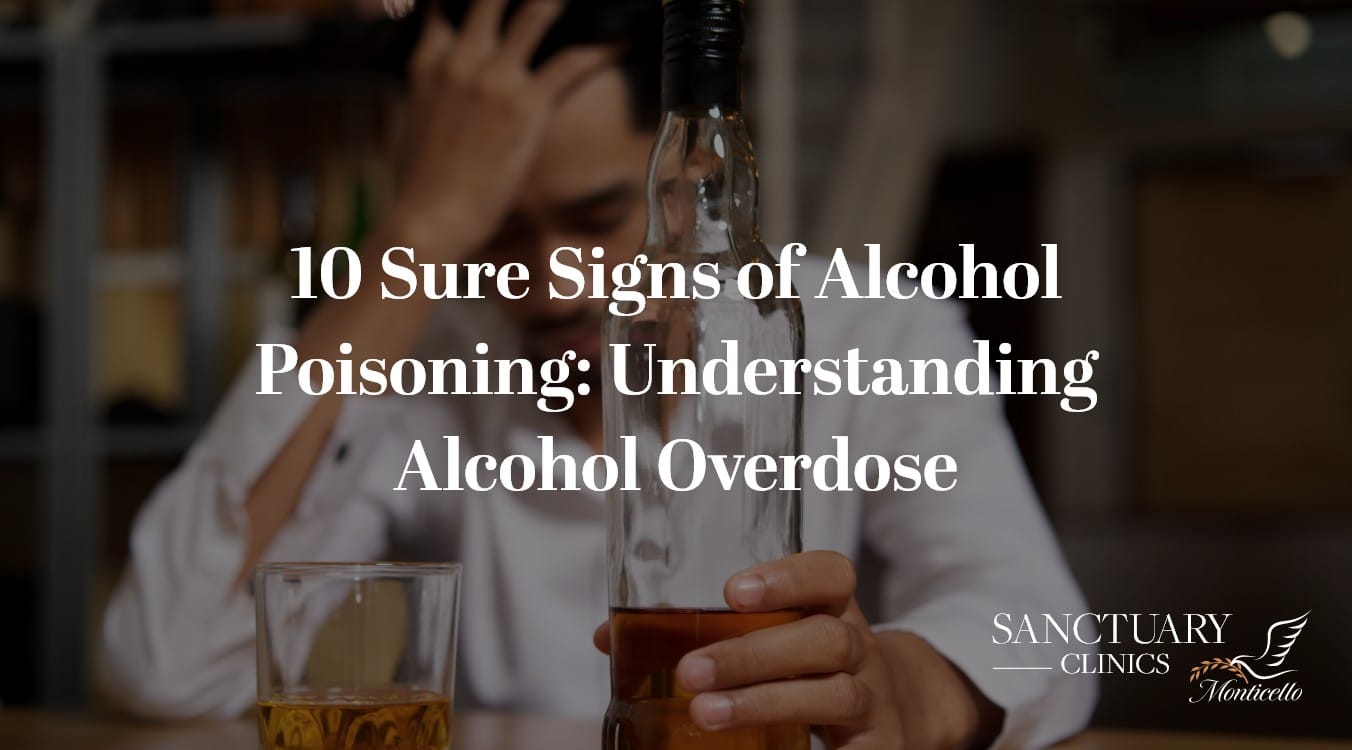Alcohol addiction is the most prevalent addiction, and it has the highest mortality rate of all addictions. A recent study showed around 86% of people had consumed alcohol in their lifetime, with 69.5% reporting they had consumed alcohol within the past year, and 55% reported having drank in the past month. By contrast, figures for the most used illicit drug, marijuana, showed 45.7% of people had used marijuana in their lifetime, with 17.9% having used it in the last year, and 11.8% used it in the past month. This statistic alone shows the prevalence of alcohol use, without even looking at its abuse. According to a 2016 study, three million deaths which accounted for 5.3 % of all deaths globally, were attributed to alcohol consumption. This made alcohol consumption the seventh in the list of risk factors for premature deaths in the world. What makes this even worse is that 14% of the deaths among people between the ages of 20 to 39 are attributable to alcohol. These figures show how devastating alcohol is to humans, and yet it is a legal substance people can consume at will.
Alcohol withdrawal delirium (AWD) is a very severe form of withdrawal from alcohol. It creates issues with your brain and nervous system that are swift and harsh. You are only at risk for AWD if you have been drinking heavily for a long period of time.
People who are addicted consume alcohol at a faster rate than the normal intake of social drinkers. These people will even have alcohol in the morning to counteract the withdrawal symptoms they have begun feeling, since it has only been a few hours since their last drink the past night. Their bodies need the alcohol and develop a dependence on it for the relaxing effects it causes in their bodies.
There are many types of alcohols, over a hundred of them. Out of all these, only ethyl alcohol is ingestible by humans. The rest would kill us immediately if consumed. Alcohol is both a depressant and a stimulant. It works to relax and depress the body systems when ingested. It does this by activating the gamma amino butyric acid (GABA) receptors in our brains. GABA is an inhibitor and its primary function is to inhibit stimulatory hormones in our brain like glutamate (which affects learning and memory). GABA makes us relax and feel calm.
When someone is addicted to alcohol, their brain compensates for this excess in inhibitors by stimulating/activating the excitement hormones to keep their body in “balance”. If there was only inhibition, they would not get anything done because they would be sleeping constantly. So the body excites itself to stay up and moving about.
Alcohol withdrawal occurs when someone suddenly stops consuming alcohol or reduces the amounts they have been drinking daily. The body gets used to a certain amount of alcohol in the system to relax/calm it down, and then produces more stimulatory hormones to keep a balance. Withdrawal interrupts this balance and leaves the body in a very excited or stimulated state, which is what leads to psychomotor agitation, sweating, nervous energy, shaking, and delirium tremens.
The stages of alcohol withdrawal depend on the period of time from when someone had their last drink. Within 6-12 hours, you will experience symptoms like sweating, nausea, agitation, headaches, and anxiety. By 12-24 hours, you will experience disorientation, seizures, and hand tremors. After 48 hours, you will experience seizures, insomnia, high blood pressure, fever, and delirium tremens.
What is Delirium Tremens?
Delirium tremens (DTs) occur at the most severe stage of alcohol withdrawal. DTs can even be fatal if left untreated by a medical professional. DTs cause sudden and severe symptoms in the brain and nervous system. DTs happen when a person has been a heavy alcoholic (more than five drinks per sitting for men and four or more drinks for women) for an extended period. As stated earlier, the GABA receptors get used to the presence of alcohol as a depressant/relaxer, so the body produces more stimulants to stay active. When the person who has been consuming copious amounts of alcohol suddenly reduces their intake or stops altogether, the nervous system continues producing stimulant neurochemicals. These, left unchecked by inhibitors, lead to symptoms of DTs.
Symptoms of DTs
- Delirium (an extremely confused state of mind)
- Hallucinations
- Tachycardia
- Arrhythmia
- Delusions
- Mood swings and irritability
- Anxiety
- Restlessness
- Psychomotor agitation
A person with these symptoms should be taken to hospital where a toxicology screening should be done to check for blood alcohol levels. However, an alcoholic may present with a blood alcohol level which is higher than the normal person’s average, and not necessarily be drunk. So it is important to establish a baseline for that person in particular to not misdiagnose them. This can be done by measuring their blood magnesium and blood phosphate levels. Low levels indicate alcoholism and give context for the blood alcohol levels seen.
DTs affect not only your brain but also your nervous system and your psychomotor functions. If left untreated, the consequences can lead to permanent and irreversible damage or even death.
Treatment for AWD
Treatment for Alcohol Withdrawal Delirium (AWD) is symptom specific, and it is best carried out in a medically supervised setting. Some common treatments include:
- Anticonvulsants to stop/control the effects of seizures
- Sedatives to help with anxiety and restlessness
- Antipsychotics to treat the hallucinations and delirium/confusion
- Intravenous fluids to replace fluids lost from excessive sweating
- Painkillers and antibiotics to treat any pain or any complications which result from withdrawal
- Rehabilitation in the long run to help deal with the addiction to alcohol
These are the normal effects which result from withdrawal. But in some instances, there can be more severe symptoms and complications which arise from AWD, such as alcoholic neuropathy, whereby your brain chemistry is damaged due to excessive drinking. This leads to muscle numbness and any range of muscle problems, cardiomyopathy (because of excessive alcohol use leading to heart failure), and liver or kidney diseases (as a result of excessive alcohol consumption over a long period of time). These predispositions lead to an increase in the intensity of the experience and effects of AWD. If not treated; these effects increase the likelihood of death.
Ultimately, the best way to prevent DTs is to abstain from alcohol consumption completely. However, in cases where this is not an option, the best advice is to drink in moderation so you don’t get addicted to alcohol and reach a stage where your body is dependent on alcohol for normal functioning. There is help available for people who find themselves addicted, in the form of 12-step programs. These programs assist in understanding habit formation and hearing shared experiences from people suffering from similar issues. Rehabilitation is another option to help you get off alcohol in a safe and monitored environment. In this environment, healthcare professionals are available to treat symptoms of withdrawal. This increases the likelihood you will stick to the program and improve your chances for success. Finally, therapy is another good way to help you get to the root of your dependence on alcohol and understand what you are attempting to compensate for. This gives you some clarity, and makes it possible for you to learn new habits and behaviors because of a changed perspective and thought patterns. These new habits don’t support your dependence on alcohol, but rather focus on wholesome ways to moderate your moods and feelings.
REFERENCES:









